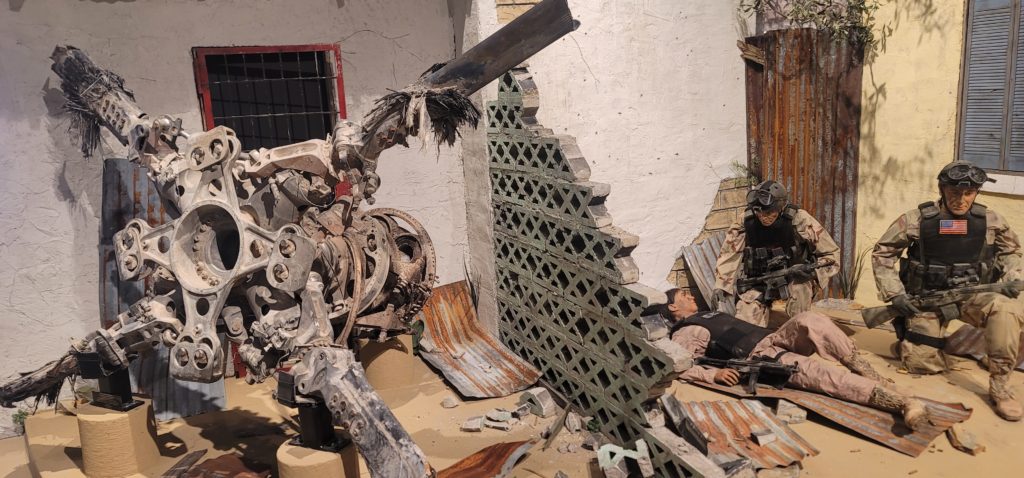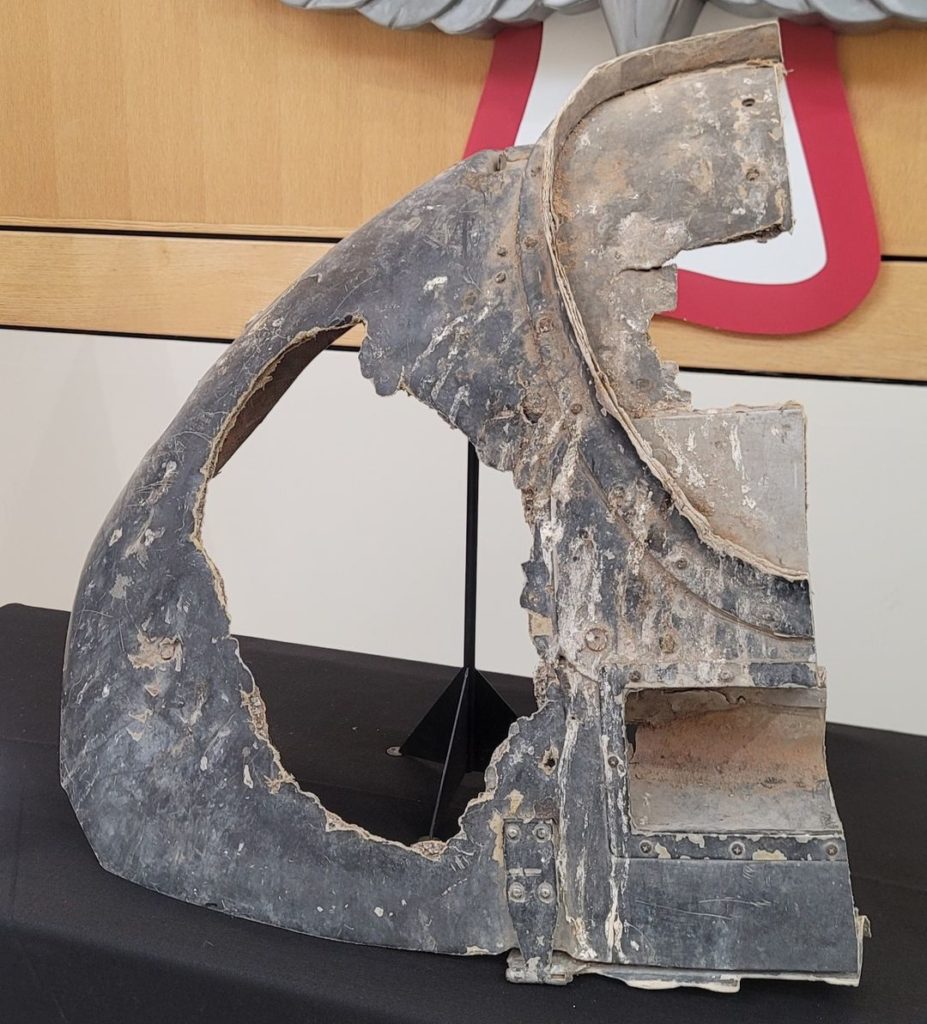The Battle of Mogadishu
Events Leading Up To The Attack
In 1992, the U.S. (in support of the U.N.) launched a humanitarian mission to halt widespread starvation in Somalia. Almost right away, militias led by the Somali warlord Mohamed Farrah Aidid began attacking and killing U.N. peacekeepers. Those attacks changed the mission, dubbed Operation GOTHIC SERPENT, for Task Force RANGER to begin focusing on raids to capture Aidid and his top commanders.
Super 61 Down
On October 3 and 4, 1993, U.S. forces set out on a snatch-and-grab mission to arrest two of Aidid’s lieutenants. Altogether, the operation would involve 19 aircraft, 12 vehicles and around 160 troops.
At about 4:20 pm on October 3, 1993, one of the Black Hawks, Super 61, piloted by CW3 Cliff “Elvis” Wolcott and CW3 Donovan “Bull” Briley, was shot down by an RPG-7. Both pilots were killed in the resulting crash and two of the crew chiefs were severely wounded.
Staff Sergeant Daniel Busch and Sergeant Jim Smith, both Special Operations snipers, survived the crash and began defending the site. An MH-6, Star 41, piloted by CW3 Karl Maier and CW5 Keith Jones, landed nearby. Jones left the helicopter and carried Busch to the safety of the helicopter, while Maier provided cover fire from the cockpit repeatedly denying orders to lift off while his co-pilot was not in the Bird. Jones and Maier evacuated Busch and Smith. Busch later died of his injuries, having been shot four times while defending the crash site.
Pictured below is the rotor of Super 61 on display at the ASOM.

Super 64 Crash
During the rescue operations of Super 61, communications were confused between the ground convoy and the assault team. Both units were under the mistaken impression that they were to be first contacted by the other. During the twenty minute wait, a second Black Hawk helicopter, callsign Super 64 and piloted by Michael Durant, was shot down by an RPG-7 at around 4:40 pm.
Most of the assault team went to the first crash site for a rescue operation. Once there, bout 90 Rangers and Special Forces operators found themselves under heavy fire. Despite air support, the assault team was effectively trapped for the night.
At the second crash site, two snipers, Master Sergeant Gary Gordon and Sergeant First Class Randy Shughart, were inserted by Super 62. Their first two requests to be inserted were denied, but they were finally granted permission after their third request. They inflicted heavy casualties on the approaching Somali mob. Super 62 kept up their fire support for Gordon and Shughart, until an RPG struck it. Despite the damage, Super 62 managed to land at New Port safely.
When Gordon was eventually killed, Shughart picked up Gordon’s weapon and gave it to Durant. Shughart went back around the helicopter’s nose and held off the mob for about 10 more minutes before he was killed. The Somalis then overran the crash site and killed all but Durant. He was nearly beaten to death, but was saved when members of Aidid’s militia came to take him prisoner. For their actions, MSG Gordon and SFC Shughart were posthumously awarded the Medal of Honor, the first awarded since the Vietnam War.
Pictured below is the nose piece of Super 64 on display at the ASOM.

The Aftermath
News outlets broadcasted searing images of mobs dragging the bodies of dead Army Special Operators and helicopter crewmen through the streets of Mogadishu. The battle would later be viewed as a tactical success in which, despite daunting odds and unforeseen mishaps, a force of about 100 Americans held off more than 1,000 enemy who poured streams of small arms and rocket attacks in an intense, coordinated ambush until they could be rescued. In total, this battle left 19 Americans dead and 73 injured.
Did you enjoy this content? If so, please consider giving a gift to the U.S. Army Airborne and Special Operations Museum so we can continue our mission of sharing the legacies of Airborne and Special Operations Soldiers.



